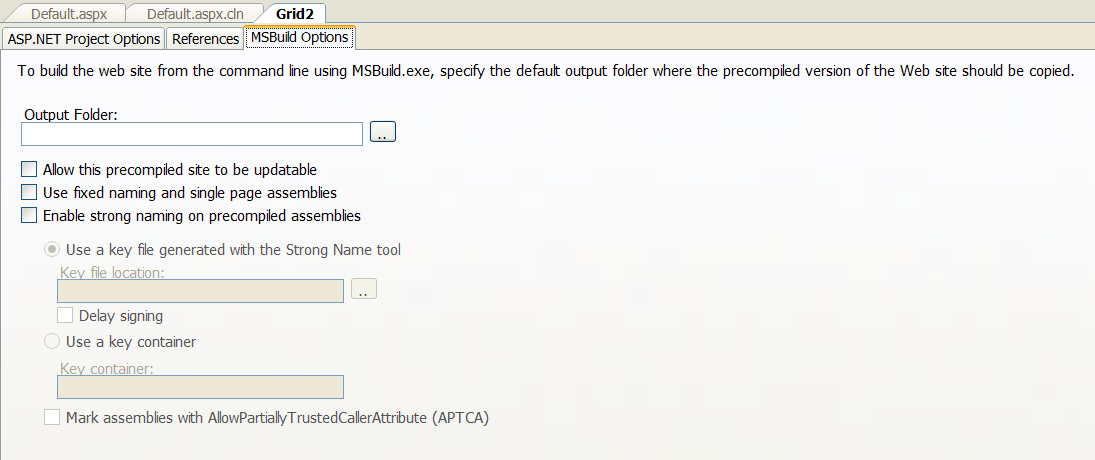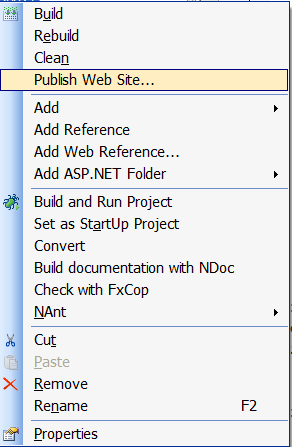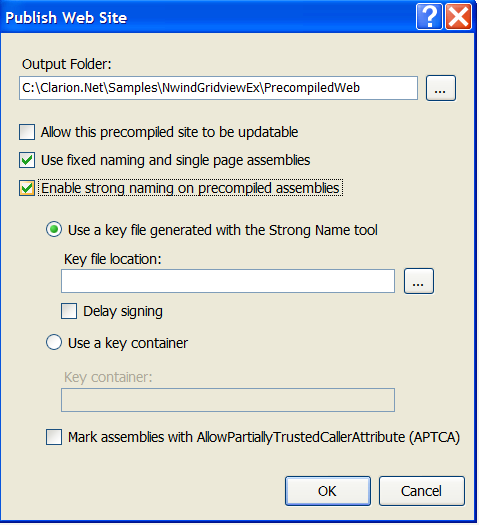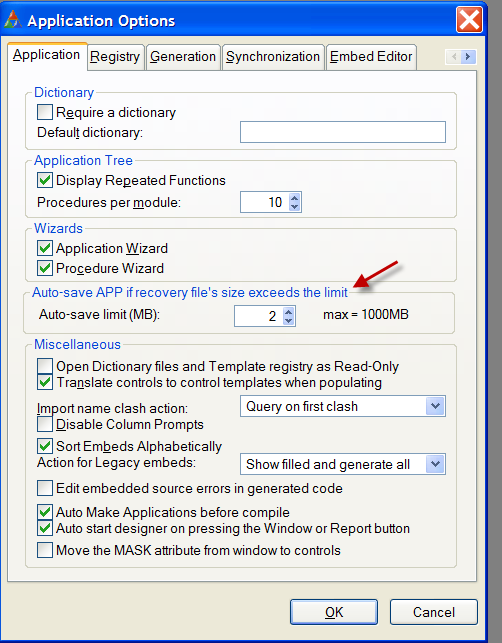As we are working hard to closing the next and greatest release of Clarion, I wanted to share with you my presentation at the 2009 Aussie DevCon and present to you a quick summary of features to look forward to in the days to come.
IDE
New Windows 7 manifest support, built into the application’s template support.
Expanded support and customization for the Command Line Interface Utility (ClarionCL). You can now build and run applications and convert dictionaries from outside the IDE.
The “Most Recent” list is now preserved even if the IDE crashes and if you have multiple copies of the IDE open, the Most Recent list will show the most recent from all copies of the IDE
You can specify dictionary (DCT) files are automatically imported and exported to text format. The Tools/Options/General/Binary File auto-export/import dialog allows you to configure this.
New Subversion support:
Subversion options can be accessed via the context (popup) menu for solution items
Subversion options can be accessed via the context menu for Clarion for Windows projects
Subversion features of the IDE will use the text representation of a dictionary rather than the actual dictionary (DCT) if the dictionary is registered to auto import/export.
Application Generator
Window and Report tab controls have been replaced by Buttons. Additional ellipsis buttons added to call the Window or Report Editor to view source.
If you press either the Window or Report buttons on the main application tree, you now return to the application tree when you have finished using the formatter.
New Save and Exit button added to Application Tree. This distinguishes the Save and Closing of the Application Generator from other dialogs.
New Application Option to control the size of the recovery file before an AutoSave occurs.
New and improved Window Preview option built into the Structure Designer, with advanced data configuration options!
You can now set the tab style that the Window Previewer will use via the Tools > Options > Clarion > Window Previewer panel.
New and improved Expression Editor interface!
You can now open multiple solutions that access the same dictionary in multiple instances of the IDE.
Class Browser
New option in Class Browser Settings that allows to show/hide entities from included files. Class Browser Settings is a dropdown button on the Class Browser toolbar, and the new option is located at the bottom of the dropdown menu. Objects from included files are hidden by default.
Database Browser
New toolbar button and right-click support to specify picture token, heading and justification.
Data/Tables Pad
Ability added to copy field definitions from source code and paste them into either the Data / Tables Pad or the Dictionary Editor. When copying and pasting the details of a field that has an initial value from the Dictionary Editor or the Data / Tables Pad, the definition now includes the default value where possible.
Data/Tables Pad now has Expand All/Contract All buttons.
When a group or queue has focus in the dictionary editor or data pad, you can now add a field to the start of the group/queue, to the end of the group/queue or after the group/queue using either the context menu, the INSERT key, or the drop down list on the add button on the toolbar.
Dictionary Editor
TopSpeed Driver String Builder dialog now includes support for the TopSpeed Enhanced Encryption Support driver strings.
Support for alternate field and blob names for SQL drivers for specific SELECT, UPDATE, and INSERT clauses.
The driver string builder for ODBC based drivers now allows you to set the ZERODATE switch to any date value.
Dictionary Synchronizer
Improved support for handling Microsoft SQL Server 2008 data types.
You can now set the ODBC Catalog and Schema when importing/synchronizing tables from an ODBC data source.
Language Changes
New PROP:TextLeftMargin and PROP:TextRightMargin properties for ENTRY, SPIN, COMBO, TEXT, RTF controls and for drop-down list-boxes
PROP:LastChanceHook SYSTEM property.
SETEXITCODE and GETEXITCODE built-in functions to set/query program’s exit code (error level) without the necessity to immediately close the program.
New MSGMODE:FIXEDFONT flag in the last parameter of the MESSAGE function to show message text using the fixed-pitch font
Two new built-in functions FREEZE/UNFREEZE with the purpose of reducing flicker in some situations.
New conditional operator support added to the OMIT and COMPILE directives.
New PROPLIST equate (LISTZONE:GroupHeader) used to determine if the mouse is clicked or moved inside the list box header, but outside of the field part of the header. This change has been used to provide better highlighting of themed list box headers.
Template Language
New support for pre and post build events using the #PROJECT statement
New PASCAL attribute for the #RUNDLL statement. The WIN32 attribute is now deprecated and ignored.
More to come this week!




